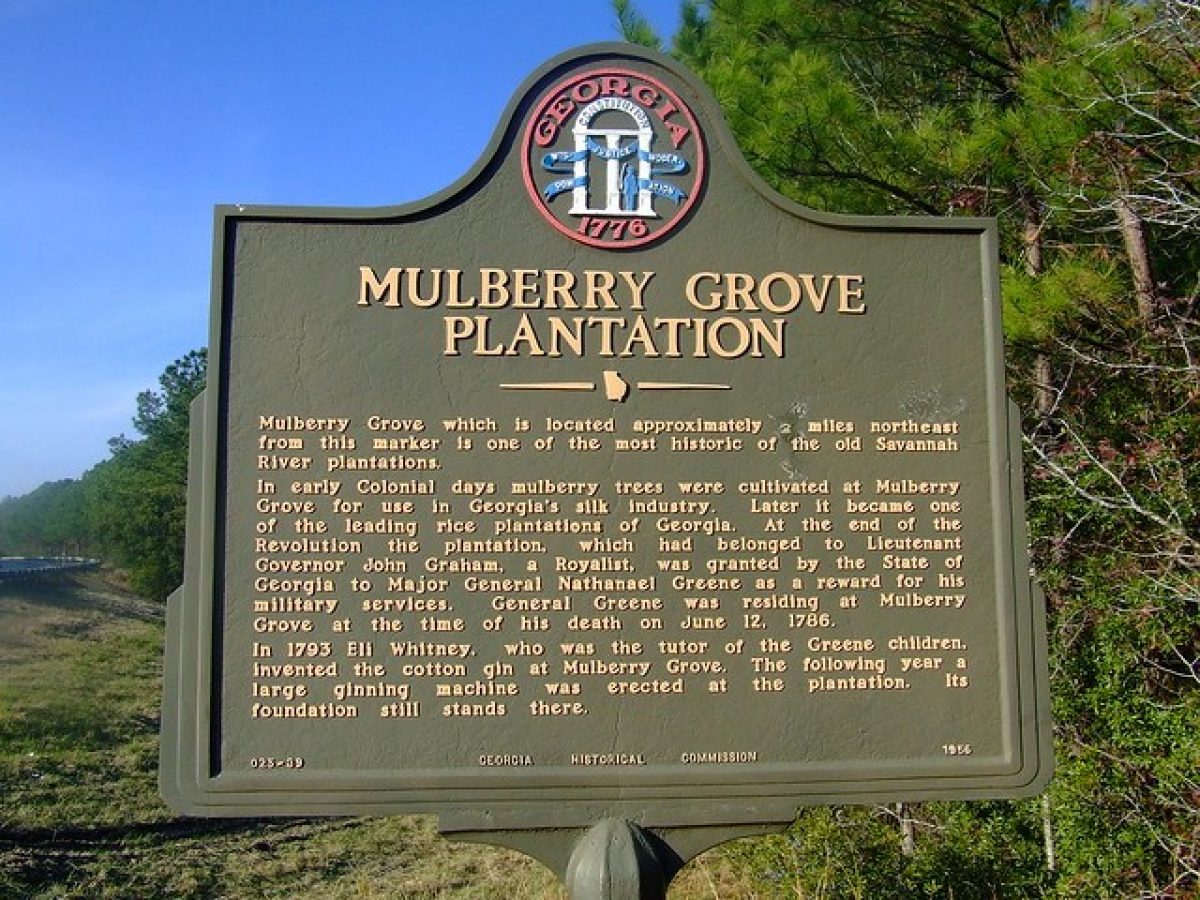When did Mulberry Grove Plantation actually come into being?
Before it was called Mulberry Grove Plantation, the river acreage was part of Joseph’s Town, an area that General Oglethorpe had set apart in 1735 to be a settlement outside Savannah.
A half-oxen Scotsmen petitioned for and received upwards of 500 areas in 1736 for development, but soon began to see their investments as unprofitable for one insurmountable reason…a dearth of consistent labor. Slavery had been outlawed by Oglethorpe and the Trustees, yet it soon became evident that the indentured white field workers did not have the constitutions to work long days in Georgia’s heat and humidity and often became ill with what was termed then as “fevers and fluxes.”
However, one Scotsman, Captain John Cuthbert, persevered and is credited with developing Mulberry Grove into a working plantation. The Trustees hoped for two industries in the new colony – wine and silk production. To that end, Captain Cuthbert successfully planted a mulberry tree nursery. In addition, he and his sister Ann saw to the building of a home on the 500 acres and became its first residents. Cuthbert also constructed a barn for cattle and in 1739 cleared 30 acres for crops.
At the close of that year, tragedy struck when Captain Cuthbert died in South Carolina while on a special mission for Oglethorpe. Yet, out of this tragedy, comes a historic first when Ann Cuthbert becomes the first woman to own and run a plantation in the colony.
